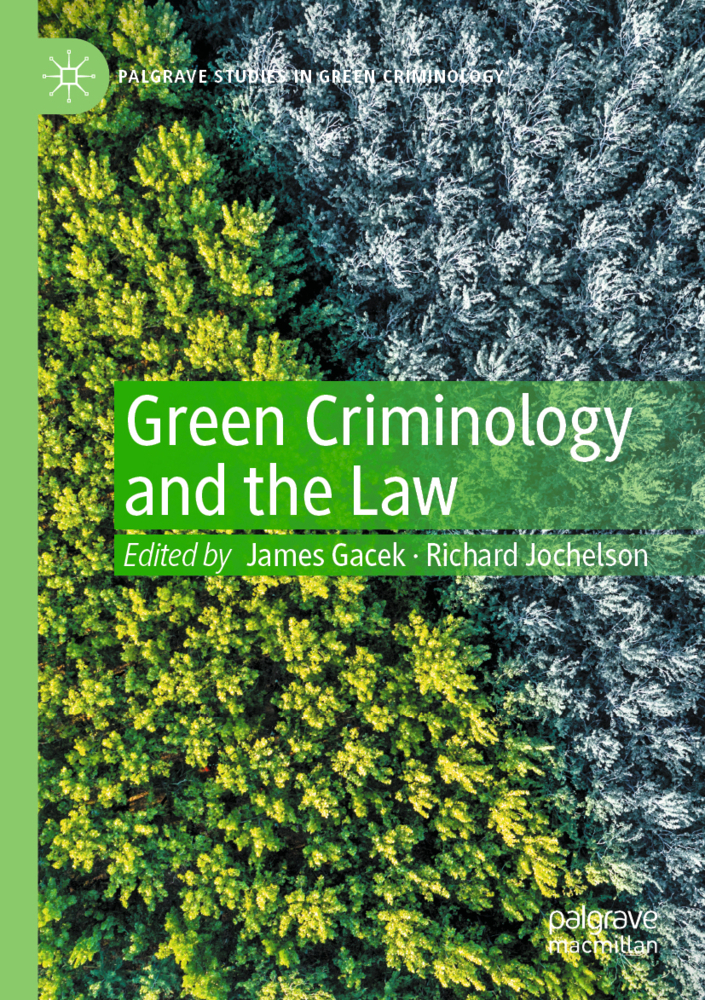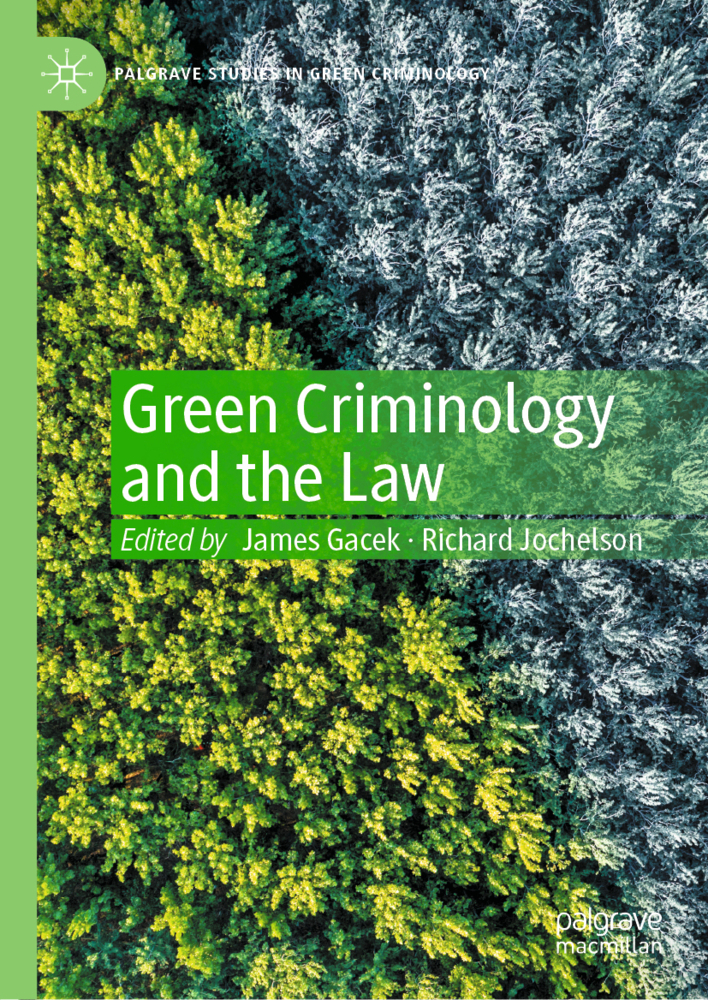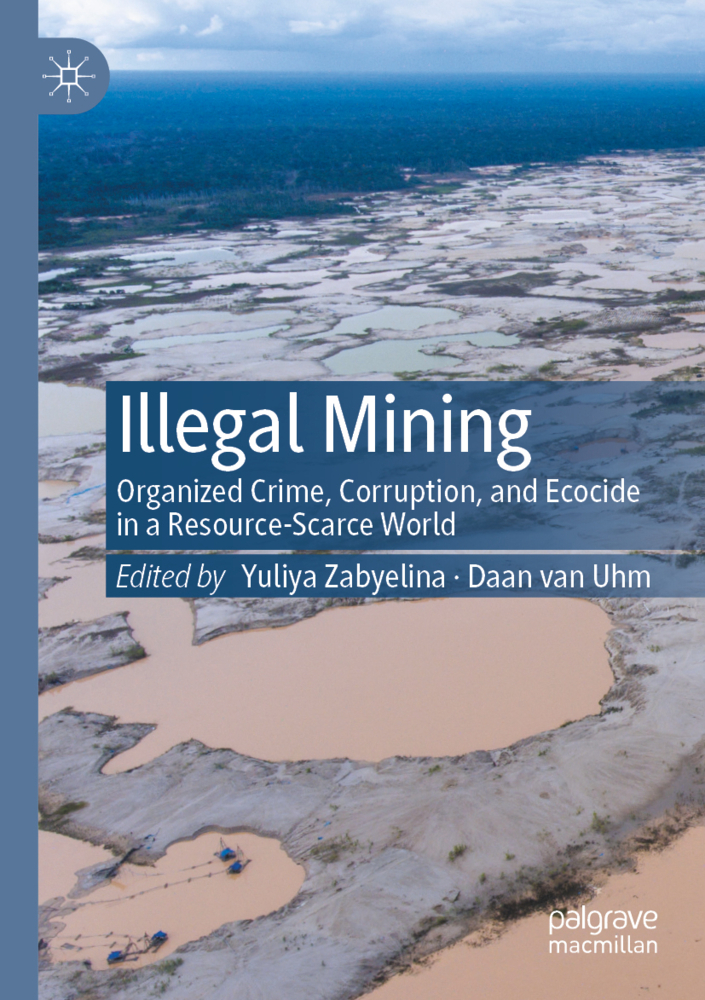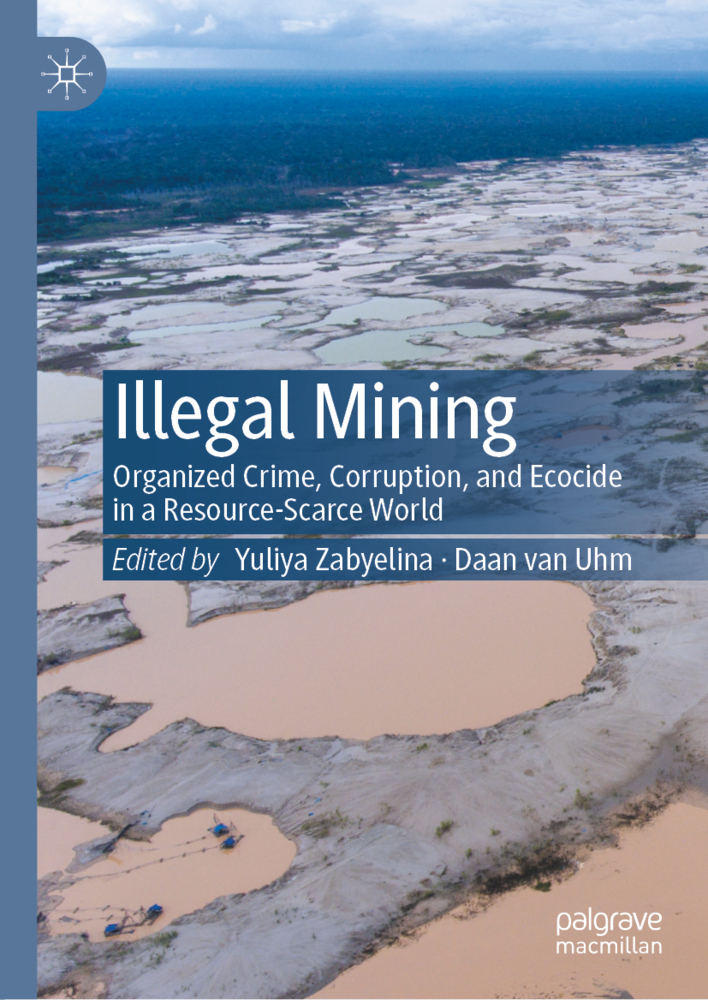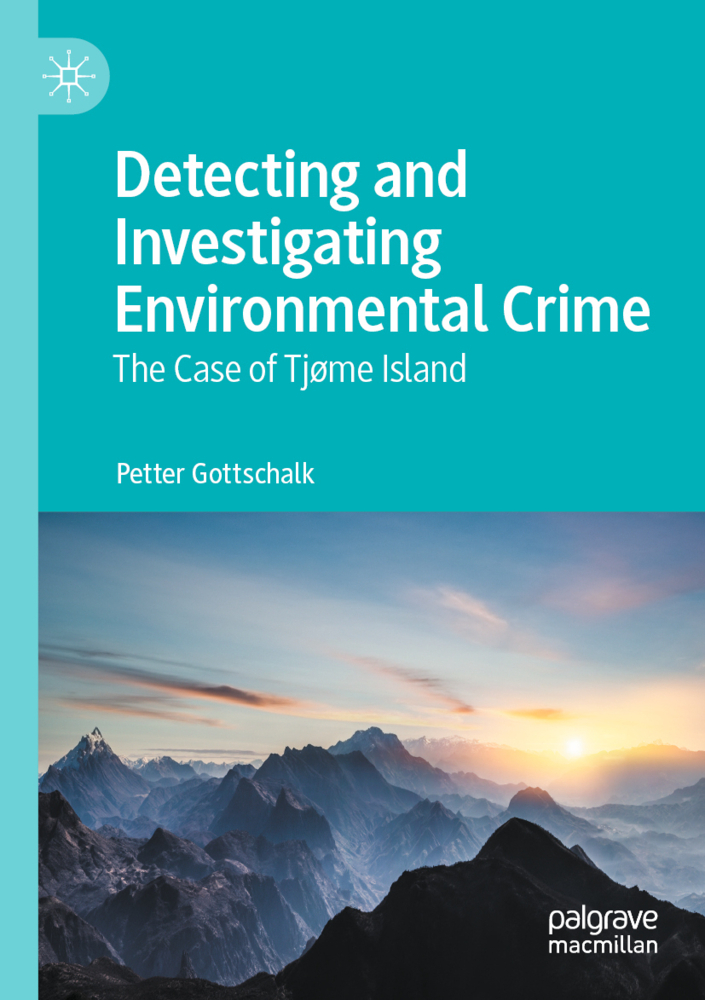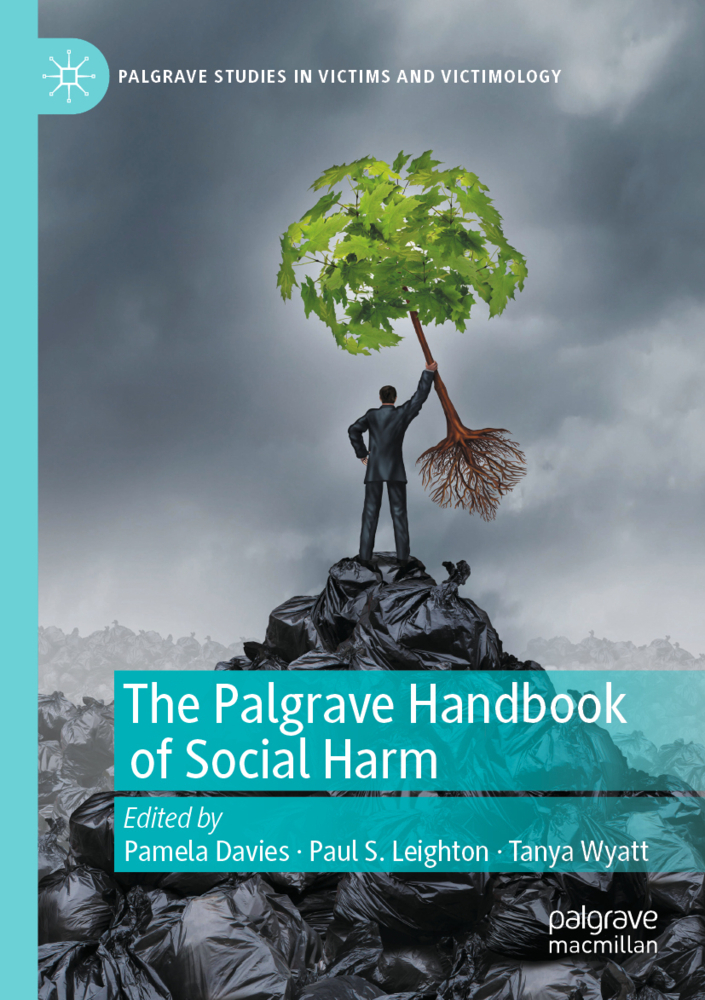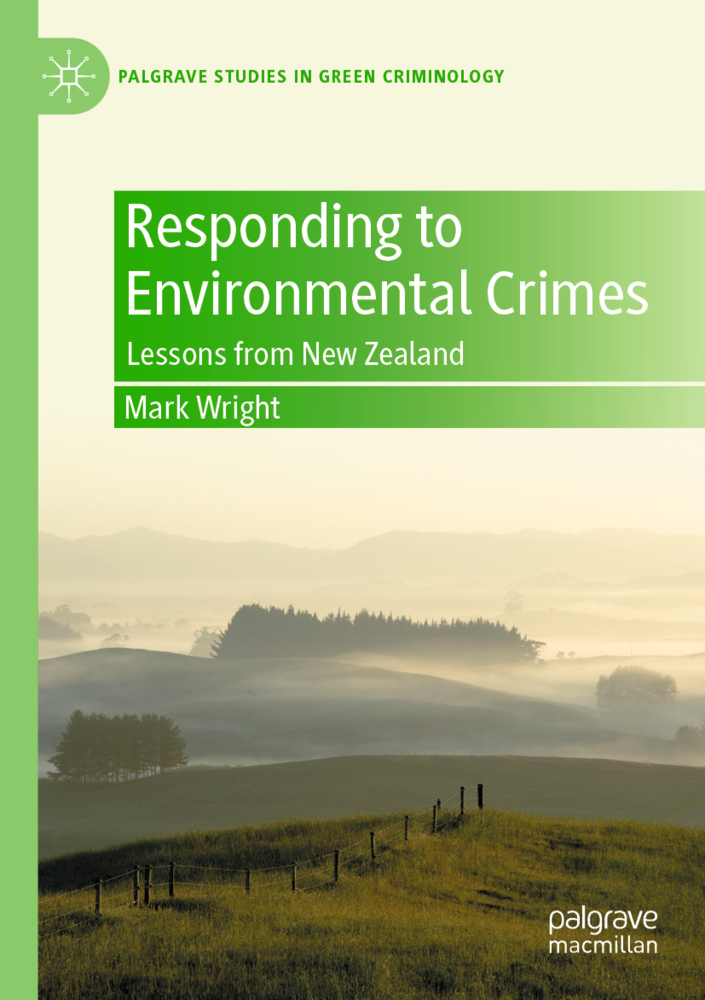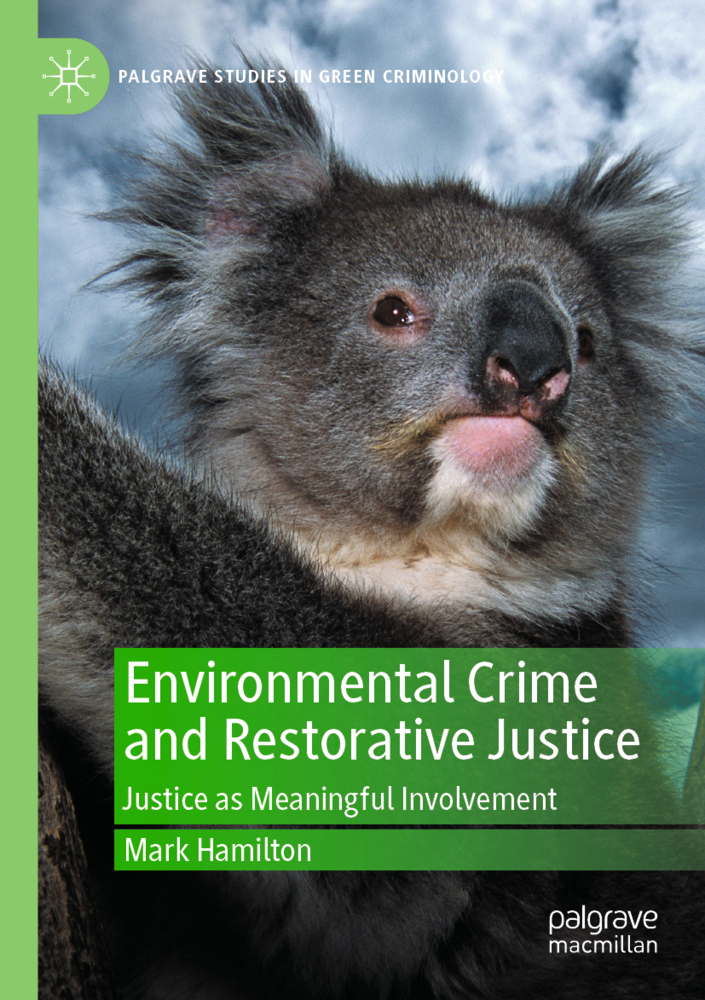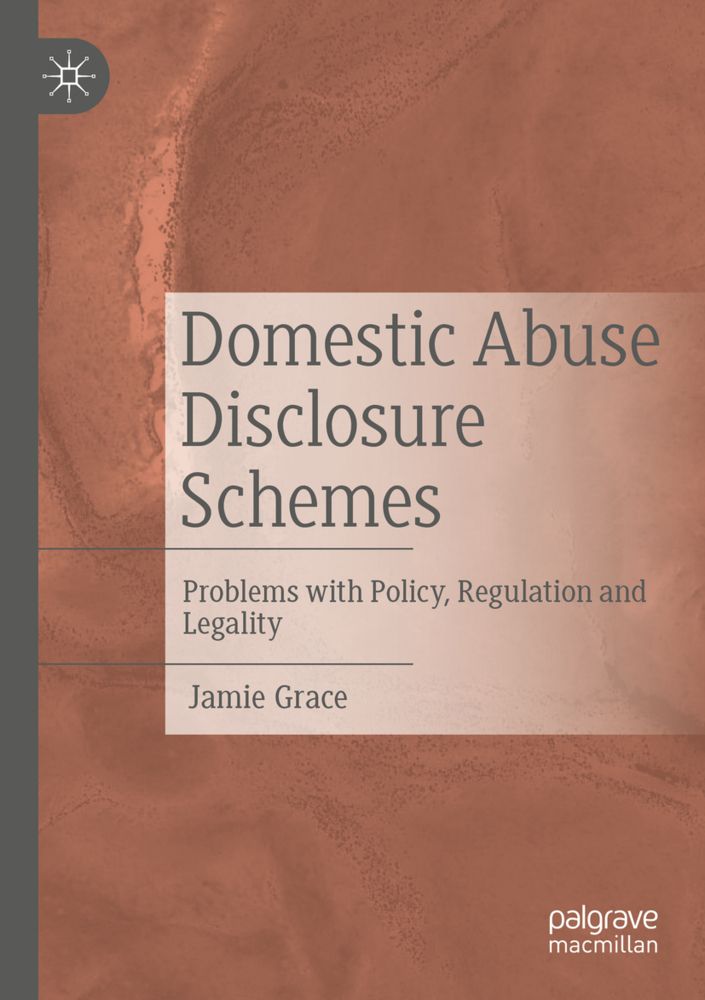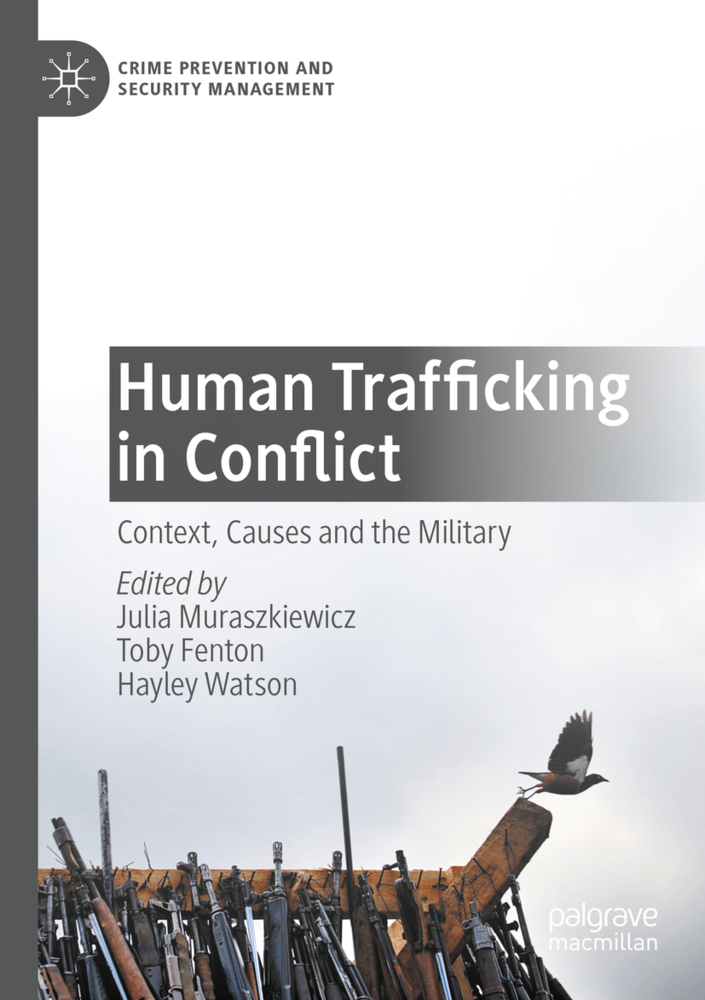Green Criminology and the Law
Green Criminology and the Law
This edited collection is grounded in a green criminological approach to understand whether the law, both in effect and implications, reflects, refracts, or sublimates the social, political and ecological conditions of our times. Since its initial proposal in the 1990s, green criminology has focused the criminological gaze on a wide array of harms and crimes affecting humans, animals other than humans, ecological systems, and the planet as a whole. As a continuously blossoming field of criminological inquiry, green criminology recognizes and examines behaviours that are both illegal and legal (yet detrimental), and in varying ways has made great efforts to provide insight into harms in a more fulsome manner. At the same time, there have been many significant legal instances, domestic, and international, including case law, legislation, regulation, treaties, agreements and executive directives which have troubled the law's understanding of green harms, illegal and legal activity, pushing legal boundaries in the process. Recognizing that humanity and nature are inextricably integrated, Green Criminology and the Law reflects the range and depth of high-quality research and scholarship, combining contributions from established scholars willing to explore new topics and recent entrants who are breaking new scholarly ground.
Introduction
Chapter 1 - It Isn't Easy Being Green: The Trials and Triumphs of the Green Criminology-Law NexusSection I - Reconsidering Legal Actors and Institutional Mechanisms. Chapter 2 - Standard Concerns: An Examination of Public-Interest Considerations with Respect to Prosecutions of Environmental Advocates and Indigenous Land Defenders
Chapter 3 - Green Criminology, Policing and Protecting the Environment
Chapter 4 - Environmental Crime, Ecological Expertise and Specialist Environment Courts
Chapter 5 - Standing Trial for Lily: How Open Rescue Activists Mobilize Their Criminal Prosecutions for Animal Liberation
Section II - Challenging Legislation and Legal Regulations. Chapter 6 - Fish Farms in Canada: Where is the Law?
Chapter 7 - Plastic: From Miracle Material to Detritus and Disaster: A History of Benefits, Harms, Pandemics and the Limitations of Regulation
Chapter 8 - Criminalizing Environmentally Beneficial Activities: Hemp and Canada's Cannabis Act
Chapter 9 - Dirty Legislation for Dirty Work
Section III - Retracing Legal Rights and Responsibilities. Chapter 10 - Palliative Animal Law: The War on Animal Cruelty
Chapter 11 - Responsibility in End Time: Environmental Harm and the Role of Law in the Anthropocene
Chapter 12 - Te Awa Tupua: An Exemplary Environmental Law? Sarah Monod de Froideville and Rebekah Bowling
Chapter 13 - Mother Earth in Environmental Activism: Indigeneity, Maternal Thinking, and Animism in the Keystone Pipeline Debate
Section IV - Future Directions for Green Criminology and Law. Chapter 14 - Widening the Scope of 'Earth' Jurisprudence and 'Green' Criminology? Towards Preserving Extra-Terrestrial Heritage Sites on Celestial Bodies
Chapter 15 - Red, White and Green: White Paper Assimilation Strategies in an Era of Environmental Crisis
Chapter 16 - Restorative Justice Conferencing: A Vehicle for Repairing Harm Emanating from Lawful but Awful Activity
Chapter 17 - Green Criminology and an International Law Against Ecocide: Using Strict Liability and Superior Responsibility to Prevent State and Corporate Denial of Environmental Harms.
| ISBN | 978-3-030-82414-3 |
|---|---|
| Artikelnummer | 9783030824143 |
| Medientyp | Buch |
| Copyrightjahr | 2022 |
| Verlag | Springer, Berlin |
| Umfang | XXIII, 415 Seiten |
| Abbildungen | XXIII, 415 p. 5 illus., 4 illus. in color. |
| Sprache | Englisch |

